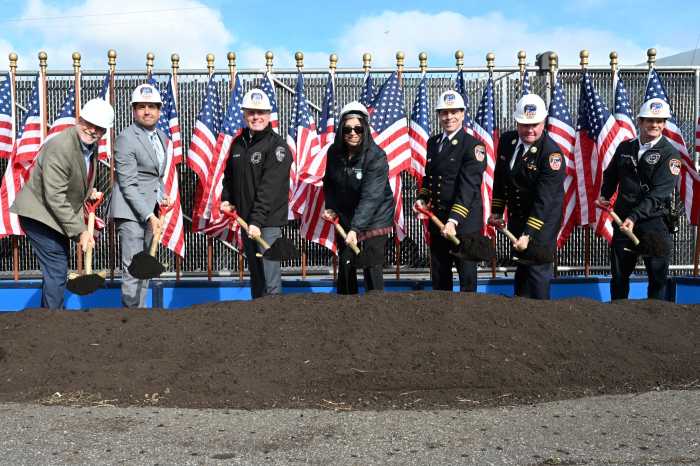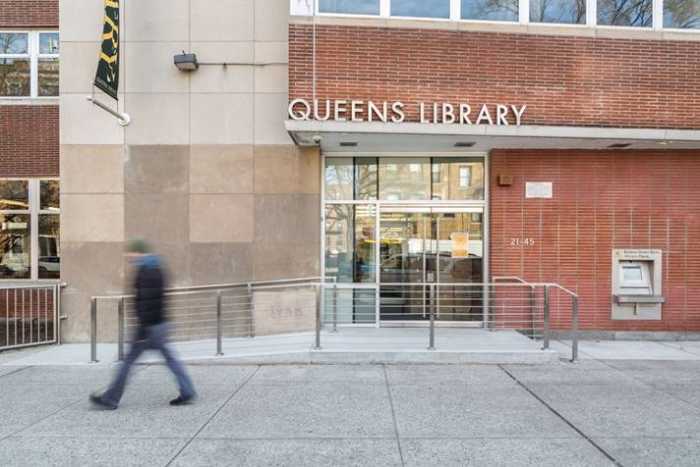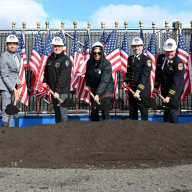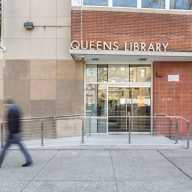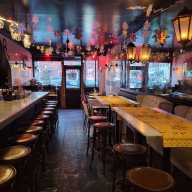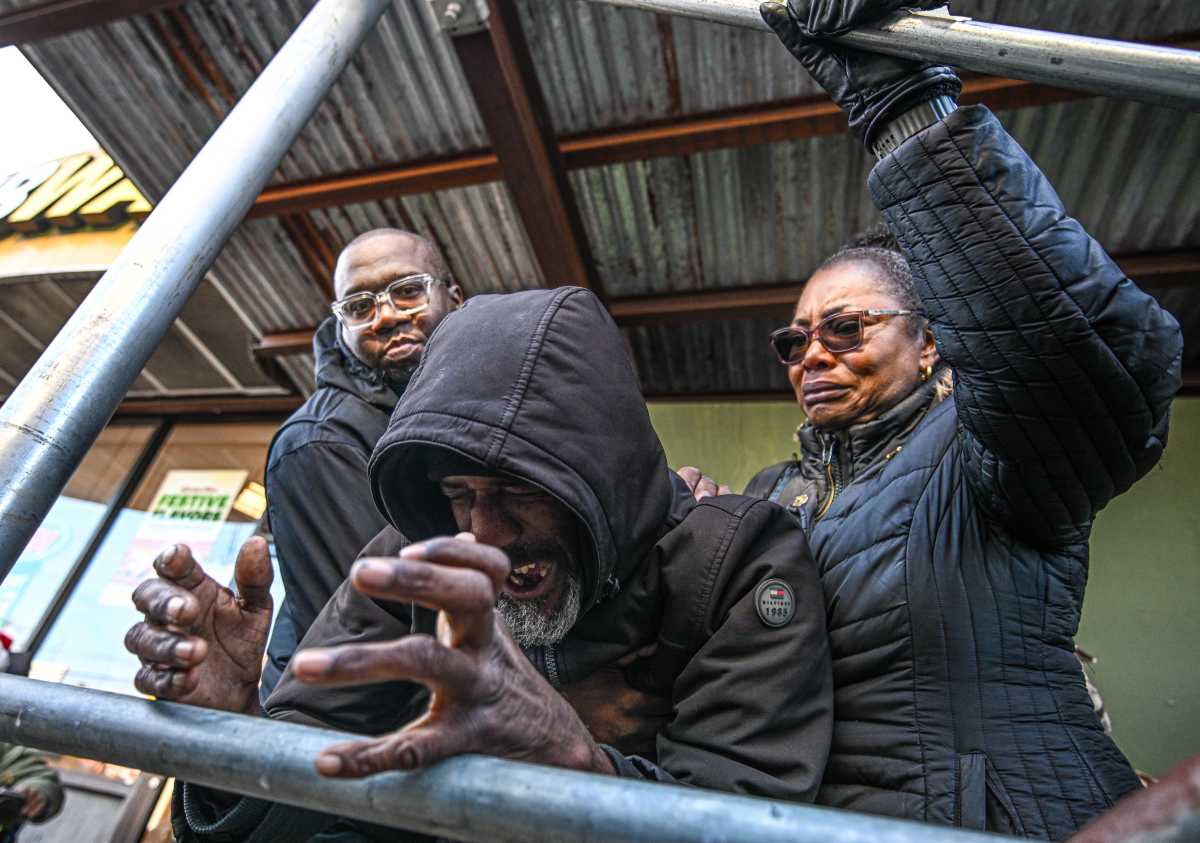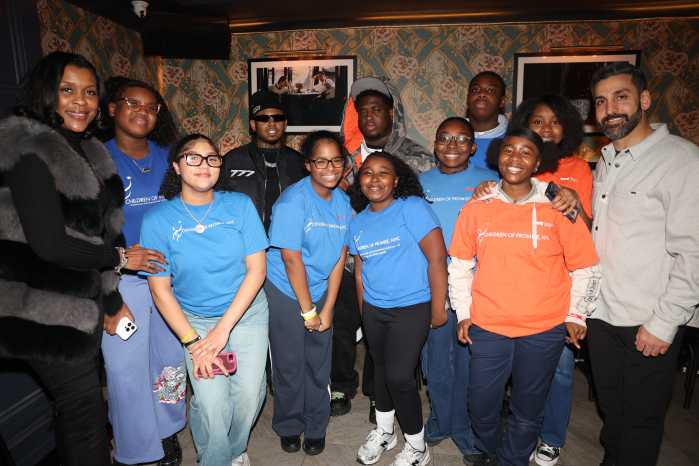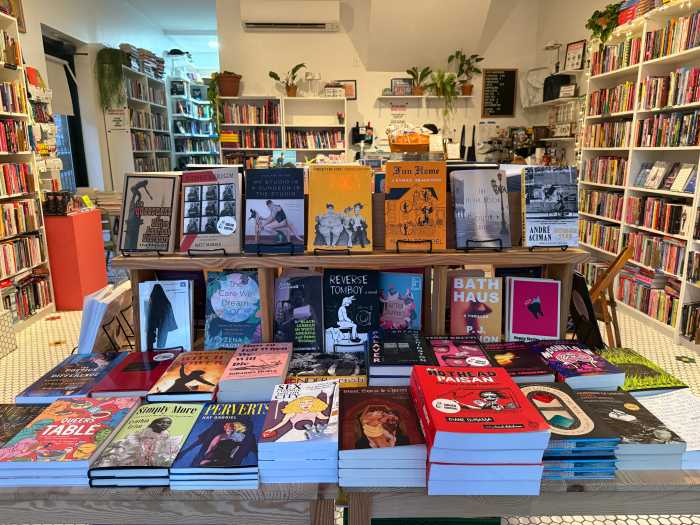By Arlene McKanic
On the patch of land between Rockaway Boulevard and North Conduit Avenue that’s now infested by a Burger King, there once stood a diner called Teddy’s. It was notable, at least to me, for its tartar sauce. True, tartar sauce is nothing without seafood, but Teddy’s tartar sauce made Teddy’s seafood memorable, particularly when it embellished the huge breaded and fried shrimp. That’s mostly what I remember about Teddy’s — that and its green glass windows and trashy ‘60s Polynesian lounge lizard feel. There may have been Tiki heads.
Authors Mario Monti and his wife scour the country “chasing diners.” Even his license plate reads “dinerguy.” On Sunday he gave a an informative and entertaining lecture about them and their history in Queens at the Flushing branch of the Queens Library. He wore a Hawaiian shirt covered with diner logos, an homage to treasured diners long since gone.
Technically, a diner is an eatery with counter service. They originated in Providence, R.I., as places for working men to catch a meal during a break in their long shifts and even now they’re usually situated in industrial or commercial areas. Most of them are prefab and contrary to belief, only about 2 percent are made out of old railroad cars, even though our local Blue Crystal diner has a cowcatcher out front. The manufacturers liked the dining cars that were part of the streamliner passenger trains and ripped off the design.
Diners come in about five styles and Mrs. Monti made a poster outlining them, drawn from a book entitled “Diners of Pennsylvania, though the styles could be extrapolated to diners all over the country. The earliest, barrel roofed diners, built from 1910-35, were made out of wood, had porcelain and enamel panels on the outside and on the ceilings and sliding doors. They had marble counters because they didn’t have Formica back in those days. The owners used these materials because they were easy to clean. The cooking was done behind the counter, where people could see it. Later they put booths in because they wanted to expand their clientele and ladies found the stools uncomfortable. These originals are exceedingly rare, and the one that Mr. Monti took a photo of isn’t even in Queens, but in Croton on Hudson.
The modern stainless reigned from 1935 to 1955 and it’s what most folks think of when they think of a diner. The builders added a vestibule and the facade was stainless steel, which was (and still is if you ask me) considered very cool. The inside had booths and a stainless back wall with a sunburst pattern, Formica counters and tabletop made of the sort of four-inch square tiles you find in your bathroom. Pale colors were used to show people that the joint was clean. The cooking was done either behind the counter or in a small attached kitchen in the back.
The exaggerated modern — this was Teddy’s — was in vogue from 1955-1965. The roof was flat with some kind of decorative element in the center and there were recessed lights and huge, canted windows. It had booths at both ends and along the front windows. The floors were terrazzo, the ceiling tiered and with a mirror strip and all was pink and pale green. The cooking was done strictly in the back.
This style was supplanted by the unfortunate environmental style, which reigned from 1965-85. This seemed to be the predominant style of the diners in Monti’s slide show, alas. The environmental style has rubble or stonework on the lower course, often covering up the stainless of an older diner, and square windows with window panes and curtains. They often called themselves diner/family restaurants and had these wagon wheel chandeliers and other pretentious stuff like dark woods, carpeting, stools with backs on them, and acoustic tile ceilings. Of course the cooking was done in the kitchen. The style is called environmental because of the earth colors and the stones used on the exterior.
The post-modern diner is a reprieve of this. These things are huge, made of modular pieces and can seat up to 500 people. They have neon trim, glass block and quilted stainless elements, Formica with boomerangs on them. There’s also a transition between the environmental and the post-modern, which has black glass and mirrored glass exteriors, as is seen in the Fame Diner on Union Turnpike near St. John’s University. Some older diners have been remodeled with post-modern elements.
The room where the lecture was held was packed and the audience, most of mostly made of an older crowd, watched the slide show with enthusiasm. Murmurs and groans were heard — whether they were of pleasure or pain I’m not sure — when shots of the Saravan and Seville diners were shown. The Skyline diner near Long Island Jewish hospital was especially beautiful with its glass and stainless exterior, and there was a night shot of a diner in the Jackson Hole chain, lit up in gaudy red, blue and green neon. There were shots of diners that had been converted to everything from tandoori palaces to Chinese restaurants to Federal credit unions to an Enterprise rent-a-car office, and diners that defied the rules by being storefronts.
Later, when I spoke to an audience member, she said that she was a bit anxious about Saravan’s going the way of Teddy’s. “They have new owners,” she said. “I’m just crossing my fingers.”
The event was sponsored by the Queens Historical Society.


